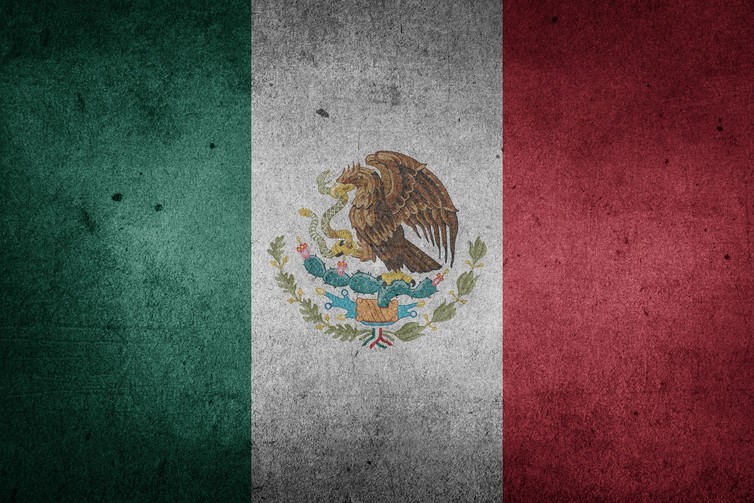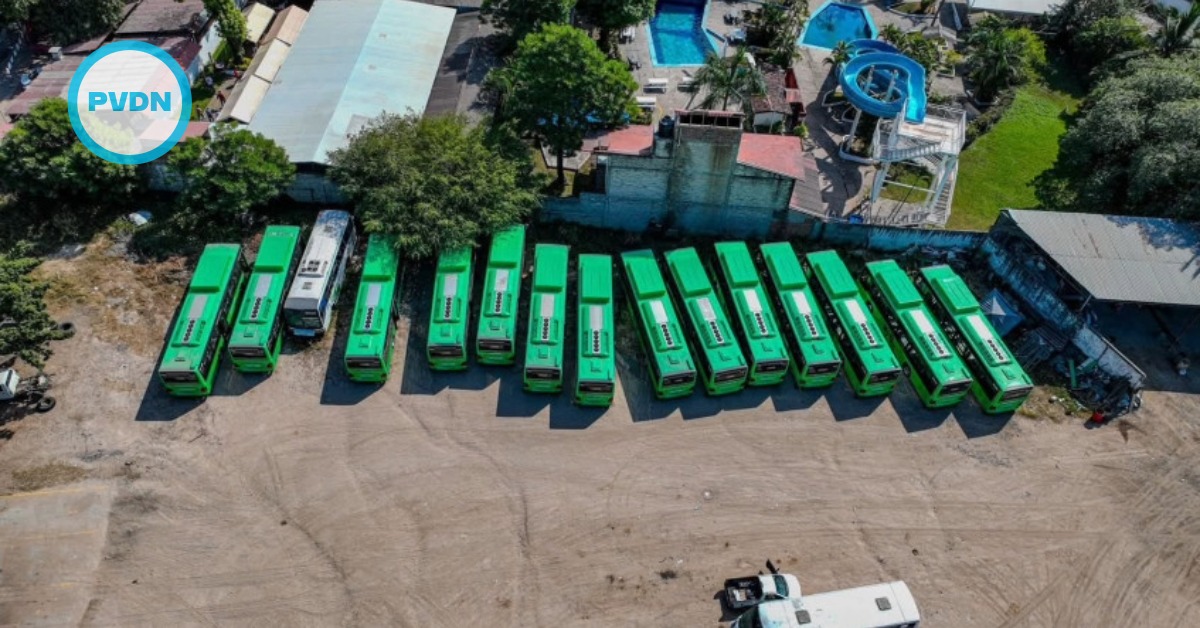During the colonial period, the Spanish Americas were governed under the 14th-century formula, “Obedézcase, pero no se cumpla”: obey, but do not comply. This double legal standard acknowledged the king’s authority while preventing royal law from encroaching upon local customs and guild privileges.







